The co-founders of Crimson Education, a college consulting startup, were eighteen years old when they founded their $160 million business.
When it came time to think about college, Sharndre Kushor and Jamie Beaton were just as lost as the average applicant. Following the guidance of her school counselor, Sharndre enrolled at the University of Auckland to study public health. Jamie opted for a law of averages game and applied to 25 universities around the world, with the hopes of getting into one good one. After getting into all of them, he chose to attend Harvard University.
Hailing from New Zealand, the two met at a Model UN event and decided to start Crimson Education, a company which would clarify the college process and help students achieve their full potential at the world’s best universities. “Imagine two 18-year-olds walking up to talk to a school counselor and saying ‘We think students should start thinking about college two or three years out from actually applying to college,’” says Sharndre. Unsurprisingly, they faced a lot of backlash from traditional college counselors reluctant to move away from the status quo.
After overcoming the initial roadblocks from an industry that had not seen change in many years, Crimson has connected thousands of students to advisors who help them gain entry into their dream schools. The company is now valued at $160 million, according to Forbes.
Both shrewd, ambitious and impassioned individuals, they credit their company’s diversity for much of their success. “Our company is 52% female, our executive team is about 70% female, our board is 50% female, and we’re also extremely diverse culturally,” says Jamie. “It’s very hard for an all-American company to succeed in a place like Moscow or Thailand, but when we come into a new market, we often have someone on our team that grew up there and has connections there. Diversity has literally led to faster growth for us than a normal organization.”
We met up with Jamie and Sharndre at Hotel Indigo’s scenic Lobby Café. Over sparkling water, the co-founders shared their story and the secrets of successful college applicants.
The Glam Salad: What was your college application process like?
Sharndre: I took my undergraduate in New Zealand at the University of Auckland. Going through high school I knew that I was super confused about what I needed to do next. I know that if I had had access to the type of mentorship and technology and data that we have at Crimson now, I probably would have made different choices about where I studied and what I studied and what that looked like.

Jamie: I would say it was quite a long, drawn-out process. I applied to twenty-five universities all around the world – which was way too many – because I didn’t know what I was doing. I just thought that I would apply everywhere, so that I could at least get in somewhere.
I ended up choosing to come to the US to study because the US is a hub for entrepreneurship and finance and I really wanted to start a company. I specifically chose to attend Harvard over a lot of the other schools like Stanford, Wharton, Princeton and Yale for several reasons, one of them being the economics faculty. Larry Summers, the Harvard economist, was a very big academic role model of mine. I also loved that you can take graduate classes as an undergrad and accelerate your degree.
The last point is that international students were very high-caliber at Harvard. I visited a lot of different campuses on the preview days and [the international students at Harvard] seemed to stand out to me as being very intellectually curious, very motivated, very ambitious. So I ended up going to Harvard and I haven’t looked back!
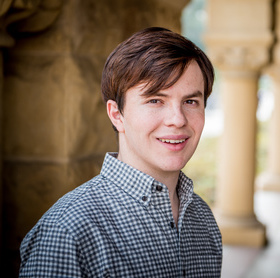
GS: What are some key tips for applicants?
Jamie: A lot of students think that you only need to do two SAT subject tests when you’re applying to really competitive schools. That’s kind of like the minimum, but our data would suggest that doing three or four or even five SAT subject tests improves your odds quite a bit if you have scores higher than 700. So one “hack” is to do more subject tests.
Another “hack” is around leadership projects. One of our most popular services is called Leadership Consulting. We help students take their interests and turn them into projects, campaigns, blogs, magazines, self-published books, whatever it is. What we found in our data is that students who do two entrepreneurial projects are about 50% more likely to get into the US Top 20 schools than those who don’t. So basically, students that are starting their own initiatives rather than just joining 10 clubs do a lot better.
Other trends that are very important are that when you’re applying to schools, a lot of students choose to put down whatever academic interest they’re interested in when they apply. So let’s say Harvard – a lot of people put economics down for when they apply, but economics is actually one of the most competitive majors to apply for at Harvard. It’s actually much more tactical if you could choose something less popular like psychology or English in your application. You still want to put something you’re generally interested in, but it’s better to shift your interests for different schools based on schools’ competitive mix of majors. So for example, for me, I applied for financial engineering at Columbia, English at Princeton and government at Harvard. So I mixed it up quite a bit.
GS: When should high-achieving students start thinking about college?
Jamie: For many of our students, their decision to go to a top school is something they make when they’re 12 or 13 years old. That’s when it’s important to commit to a strong academic path. It’s not something you can decide when you’re 17½ and you watched Legally Blonde or Gossip Girl and get excited. I think it’s fine as a motivator, but if you’re waiting until the last year and you’re like “Should I apply to Yale because of Gilmore Girls?” it can be a problem.
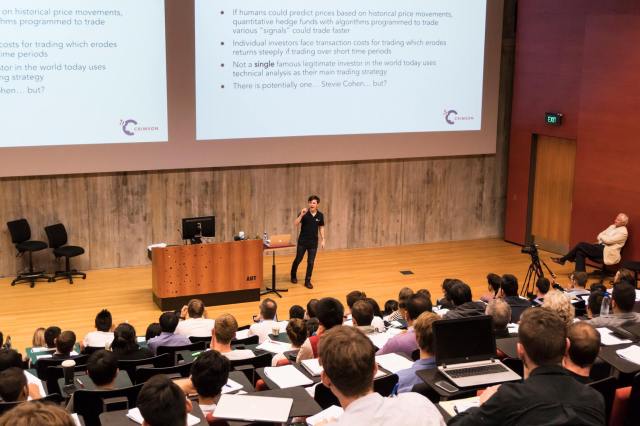
GS: What’s the lowest standardized test score you’ve seen on a successful application?
Jamie: One of our mentors got into Harvard with a 1600/2400 SAT score on the old SAT. That’s just a little bit higher than the US average. The reason why was that she was the number one competitive athlete in her country for her sport. So it really helped from a recruiting athlete standpoint.
Another funny one is one of our students from New Zealand got into Harvard with a U in math, which stands for ungraded, which is a like a fail. He failed math in his second to last year (his junior year in the US) but still got into Harvard with us. So that was pretty cool.
Another one of our students got into Swarthmore with a 1700/2400 on the old SAT, which is, again, only a little bit higher than the national average. She was very good at lacrosse as well as Model UN and student government.
However, you don’t want to use Crimson just because we’re effective at getting more students into these schools than normal. A lot of our students come to us for help with standardized testing and academic support, and then they can apply. For every student I could tell you about that got in with low stats, I could tell you about probably 10-15 more students that came to us, we helped them boost their grades, then they got into a good school aligned with the grades they had. That’s quite important, because you don’t want to be rolling the gambling dice around low stats.
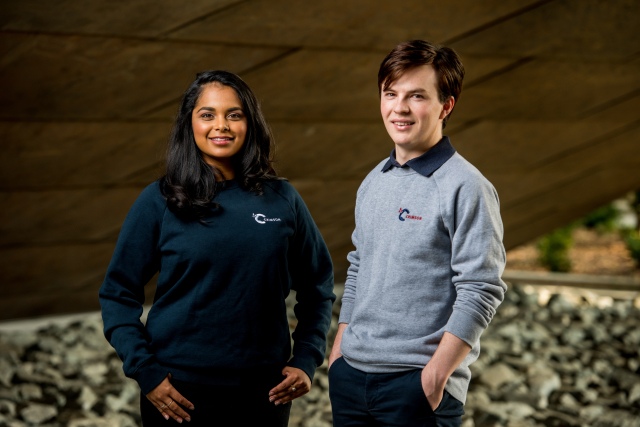
GS: It has become quite trendy for aspiring entrepreneurs to devalue higher education. As educational entrepreneurs, what are your thoughts on that?
Sharndre: The world is not short of good ideas. I remember when I was 13 years old, playing on my Nintendo, saying to my mum that cars should be rechargeable like my Nintendo, but that didn’t make me the founder of Tesla. What we need is innovative execution plans that we can really follow and think about challenges before they actually happen. A really good way of doing that is exposing yourself to lots of different things and thinking critically about problem solving. University gave me a chance to do that for Crimson.
I remember reading this book called The Medici Effect, which explains that some of the world’s most disruptive innovations actually have come from the intersection of lots of different ideas and disciplines. Once I read the book and understood what that meant, I started to think about how what I was learning in class, which was very much focused on health, could be applied to what we were doing at Crimson. Starting a business – especially at that initial phase – you can get so consumed with the one thing that you’re focusing on, but education and learning outside of that really offers you a chance to step out of that bubble.
Jamie: Often, I think in high school it’s an excuse to not work hard. You’re like “I’m an entrepreneur, I don’t need academics, so I’ll have a low GPA,” and you can’t even get into these schools in the first place so dropping out was never that big of a concern. Many of the icons of the startup world like Bill Gates or Mark Zuckerberg got into all these schools, and they were very academic kids in high school. These famous entrepreneurs, they got in, went to college, took academics very seriously, then once they had their big idea, decided to drop out – and those are just the ones who chose to drop out. If you look at the 50 biggest unicorn companies in the US right now (the companies valued at more than a billion dollars) the two most prevalent places that those founders came from were Harvard and Stanford. Examples would be Blue Apron from Harvard and DoorDash from Stanford.
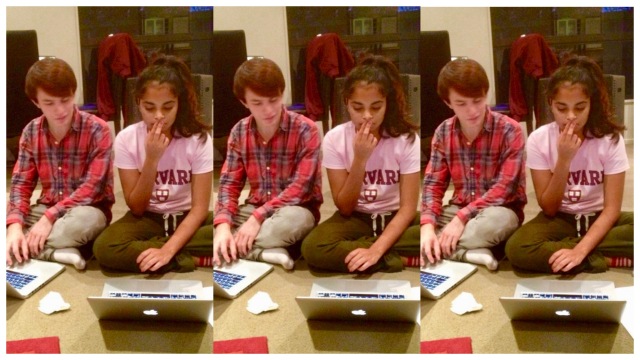
GS: Sharndre, what has your experience been like as a female in the startup sector?
Sharndre: There have been some pretty crazy experiences. There was this one guy who got quite upset with me one day because I was telling him not to do something and he turned around and said, “You know, I have a lot of respect for all my friends’ wives, because they’re nurses and know their place.” I was really shocked by that and promptly ended his engagement with our organization. We encountered things like that quite often and maybe I’ve just trained myself to respond to them differently, and I’ve become desensitized to it, which is unfortunate, but I guess it’s a sad reality of living in the world today. Hopefully this will change over time.
GS: Who are some of your role models?
Sharndre: Indra Nooyi is one of them. In New Zealand, people are very socially-conscious and Pepsi is a controversial company over there, but I really respect her and I think that she’s a role model because she is a female in a male-dominated industry and she’s a woman of color in a position like that. I also really like Sheryl Sandberg. I think the way she’s used her platform at Facebook is very inspiring.
I’ve recently had a chance to meet Helen Clark, the former prime minister of New Zealand, who is a very strong female. Another conversation I had with Ann Veneman, who used to be head of UNICEF, introduced me to this idea of education being a transformative experience for students from all backgrounds to be able to change the course of their life.

GS: Outside of Crimson, what are some things you’re passionate about?
Jamie: I’m very focused on the most vulnerable communities in New Zealand, particularly the Māori community, which is our indigenous community. They’re underrepresented in a lot of the key statistics. I want to do more work to advocate for this community. We started doing it through Crimson, with a particular scholarship last year, helping students from the indigenous communities come over to universities in the States on full scholarships. But there’s a lot of other problems with health, technology access and things like that. So outside of Crimson, that’s a big priority of mine.

GS: What are your plans for the future?
Jamie: I’m heading to Oxford to study virtual schooling as a Rhodes scholar, so that’ll be fun.
Sharndre: I can’t really imagine doing anything else right now, because I feel like what we’re doing at Crimson is not only helping me grow as an individual, but is also having a huge impact on the communities surrounding our students. Someone getting into an amazing school and inspiring 600 people around them has a really powerful ripple effect. Imagine that you’re a student in South Africa who hasn’t ever heard about overseas universities and then you get into Harvard. It’s not just about you getting into Harvard, it’s about every single student in your school, and their friends and siblings and cousins, who now know that getting into Harvard is something that they can achieve, too. ♦
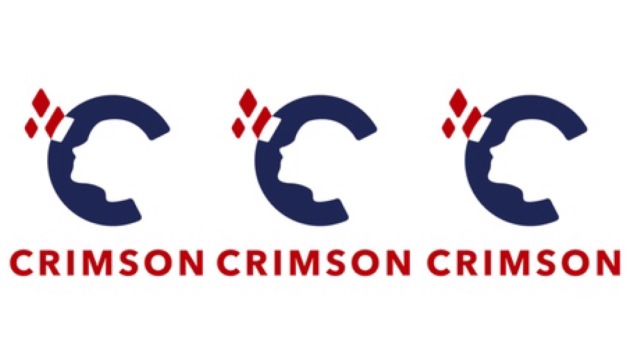
Production Credits:
Photographer: Molly Meisels
Instagram: @mollymeiselsphotography
Interview: Adelle Goldenberg
Instagram: @adellegoldd
Contact her at adelle@glamsalad.com.
The interview has been edited and condensed for clarity.

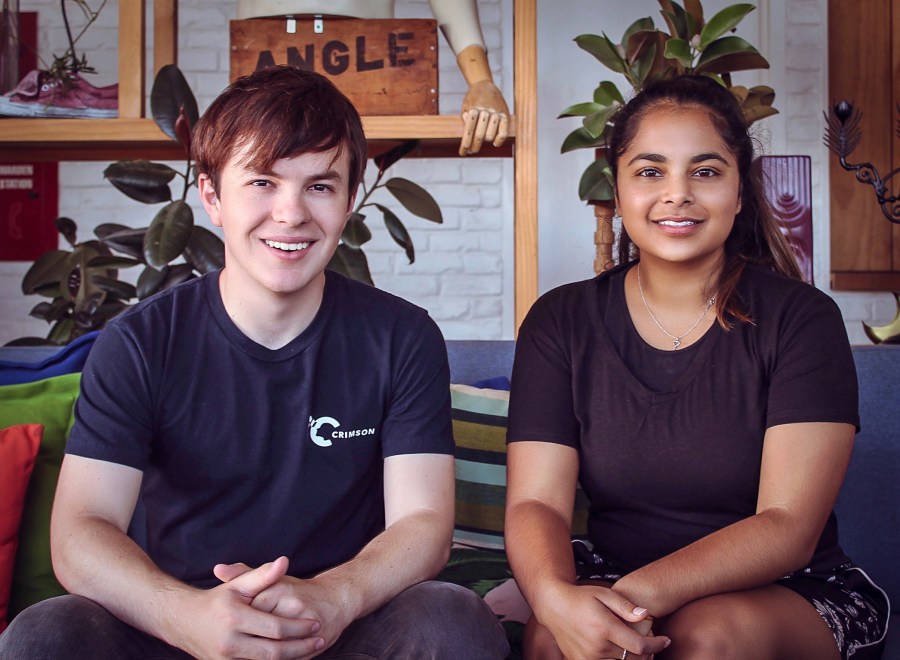
I loooove their YouTube channel!!
LikeLike
Ye I think I’ve watched their vids too!
LikeLike
It always comes up if you watch college stuff!
LikeLike
This is amazingg
LikeLike
🤩🤩🤩🤩🤩🤩🤩🤩
LikeLike
Ok they are the coolest college counselors out there
LikeLike
Lololol
LikeLike
Haha schools just need to hire them
LikeLike
They’re for sure better than my counselor
LikeLike
HOW did he get into all schools???? There are people with perfect scores who can’t get into one Ivy
LikeLike
He probably used his “hacks”
LikeLike
Those people usually don’t have an edge. He was international so he brought New Zealand diversity to campus
LikeLike
Love this !
LikeLike
KJ Apa!!!! So cool.
LikeLike
Education is the most powerful weapon.
LikeLike
The Medici Effect book is a must-read!! Great profile
LikeLike
Hehe how else are we supposed to know about the best schools #GilmoreGirls4Life
LikeLike
Are they a couple?
LikeLike
Haha wondering the same thing
LikeLike
this is so so cool
LikeLike
Obsessed with this 📚📚📚
LikeLike
$160milly? That’s insane! They must be so hardworking
LikeLike
Here we go taking 7 subject tests woho
LikeLike
🤣🤣🤣
LikeLike
Gen Z is killin the game
LikeLike
Yaaaasssssssssss
LikeLike
They sound better than the other online prep things that promise 200 points on the sat
LikeLike
I wonder if they get people into public ivies too or if this is just top top 8 in the US
LikeLike
These are 2 smart 🍪
LikeLike
No joke they’re amazing
LikeLike
This is fantastic.
LikeLike
Are there specific subject tests which are better to take? Like I’m guessing science is better than French?
LikeLike
I am identifying with this post. Have you heard my spotify playlist – i imagine you’ll like what i made.
LikeLike
Do you think a spotify playlist would be cool in your website’s side bar?
LikeLike
This is the right weblog for anyone who needs to search out out about this topic. You notice a lot its virtually exhausting to argue with you (not that I truly would need…HaHa). You positively put a new spin on a topic thats been written about for years. Nice stuff, just great!
LikeLike
Thanks for Sharing
LikeLike
I gotta bookmark this site it seems very helpful invaluable
LikeLike